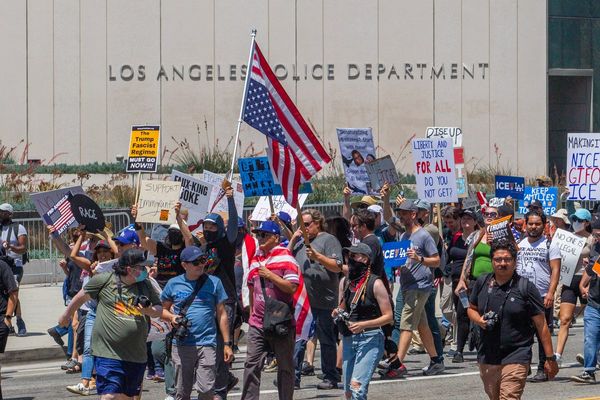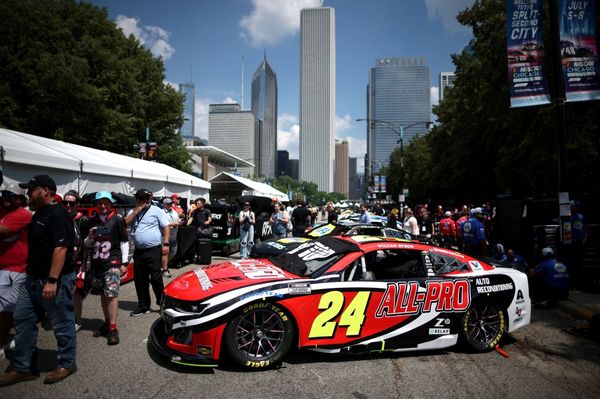
For decades — as of this year, exactly four — the all-white Air Force 1 has been considered an essential. The Nike footwear is beloved by a number of demographics, from VSCO girls to sneaker collectors, with the latter often stocking up on multiple pairs to maintain the cleanest of looks.
While basketball players and celebrities alike have fueled demand for the Air Force 1, one of the main factors behind its popularity is accessibility — something becoming increasingly scarce in the sneaker industry. Since its debut in 1982, the shoe has retailed for $90, which today falls on the lower end of Nike’s other silhouettes retailing for $125, $180, and $210. Yet the company’s website shows it’s inching the price of the Air Force 1 closer to its counterparts with a $10 increase.
Air Force 100s —
It’s unclear exactly when Nike enforced the sneaker’s new $100 price tag, although the brand recently introduced higher prices throughout its Jordan line, increasing costs by a similar $10 to $20 margin. The change, made in December, caused backlash on social media, with many noting that the updated retail prices were a lot to pay for mass-market, general release sneakers. Nike’s price hike, in addition to bots, resellers, and the brand’s own lottery-based draws, is only making it harder to buy a pair of sneakers — even those without celebrity endorsements or collaborations.

As some have noted online, however, the Air Force 1’s new price may be an effort to deter people from buying multiple pairs of shoes with bots or other methods, but again, the same factor could increase their profit on the resale market. Even prior to the price hike, resellers were stocking up on hundreds of AF1s to create more scarcity and subsequent demand.
Limited sneakers, ample profits —
Unprecedented times have also led to unprecedented costs and delays for Nike, perhaps further explaining the sneaker’s new retail cost. Like many other companies, Nike has struggled with stock issues throughout the pandemic. With nearly every aspect of the global supply chain — from manufacturing to transportation to logistics — disrupted, the brand has dealt with shipping delays, constrained production capacity, and price surges. As recently as last July, the brand faced a shortage of sneakers while two of its suppliers in Vietnam ceased operations because of COVID.
Still, Nike has prevailed throughout the pandemic, producing better-than-expected profits throughout the holiday season, causing its shares to increase in value. The brand has also conserved its revenue by limiting where it’s selling its products, cutting off a number of third-party merchants, including Zappos, Dillard’s, Urban Outfitters, Shoe Show, and DSW — the largest U.S. shoe chain. As a whole, Nike sneakers seem to be getting harder and more expensive to buy, limiting just who can enjoy them.







